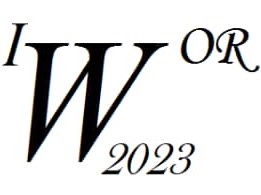Ponente
Descripción
Monitoring pesticide concentration is very important for public authorities given the major concerns for environmental safety and the likelihood for increased public health risks. An important aspect of this process consists in locating abnormal signals, from a large amount of collected data. This kind of data is usually complex since it suffers
from limits of quantification leading to left censored observations, and from the sampling procedure which is irregular in time and space across measuring stations. The present manuscript tackles precisely the issue of detecting spatio-temporal collective anomalies in pesticide concentration levels, and introduces a novel methodology for dealing with spatiotemporal heterogeneity. The latter combines a change-point detection procedure applied to the series of maximum daily values across all stations, and a clustering step aimed at a spatial segmentation of the stations. Limits of quantification are handled in the changepoint procedure, by supposing an underlying left-censored parametric model, piece-wise stationary. Spatial segmentation takes into account the geographical conditions, and may be based on river network, wind directions, etc. Conditionally to the temporal segment and the spatial cluster, one may eventually analyse the data and identify contextual anomalies. The proposed procedure is illustrated in detail on a data set containing the prosulfocarb
concentration levels in surface waters in Centre-Val de Loire region.

